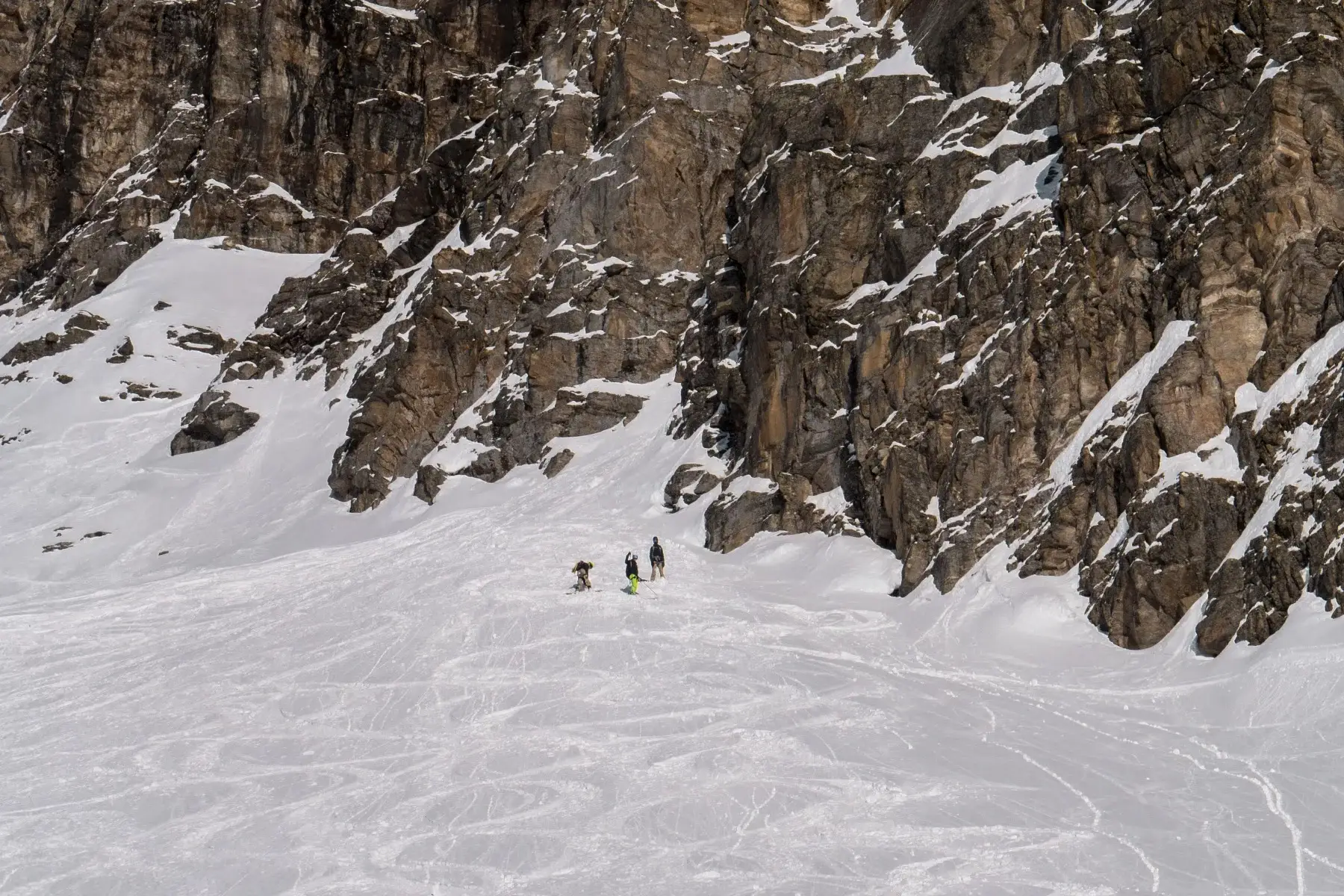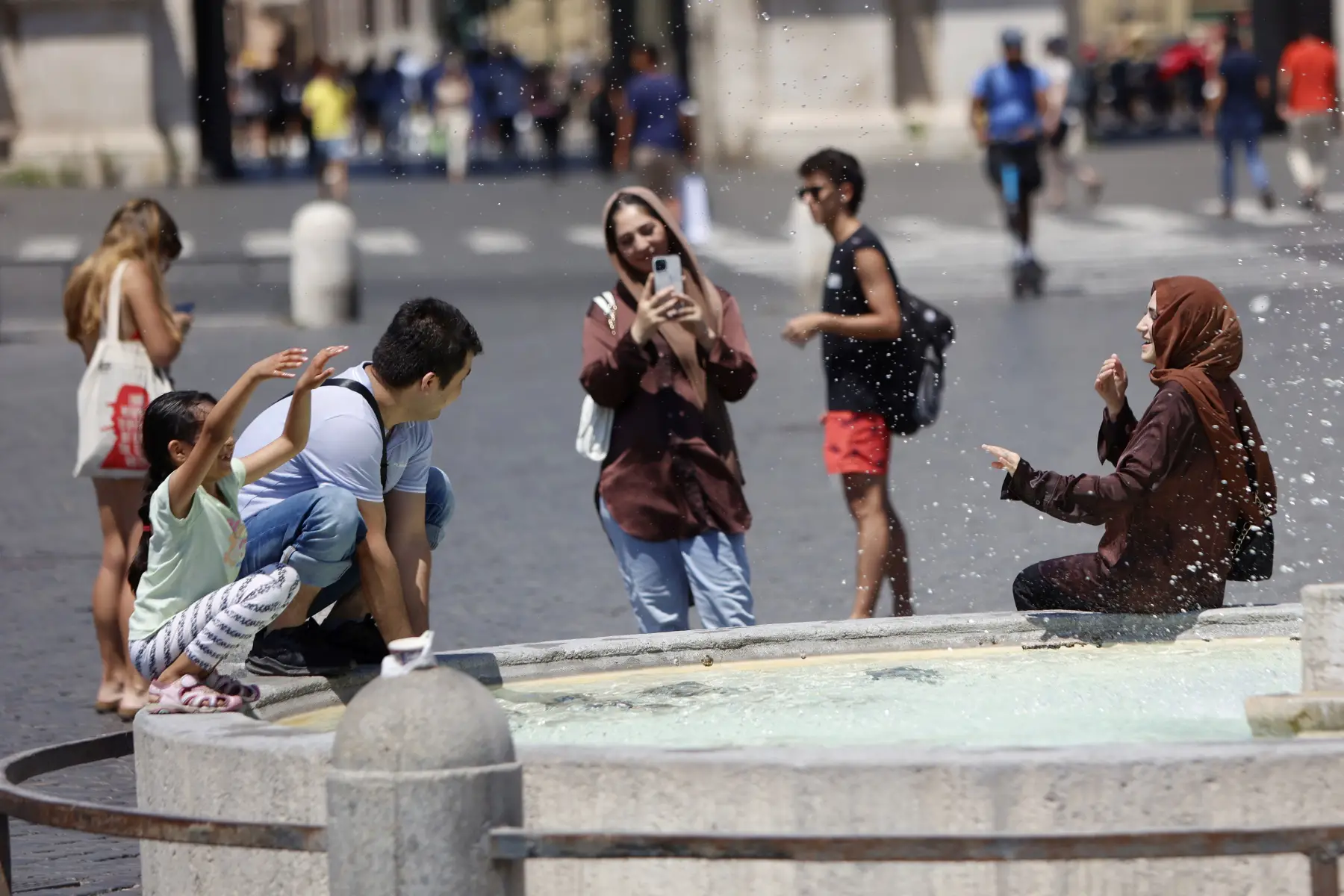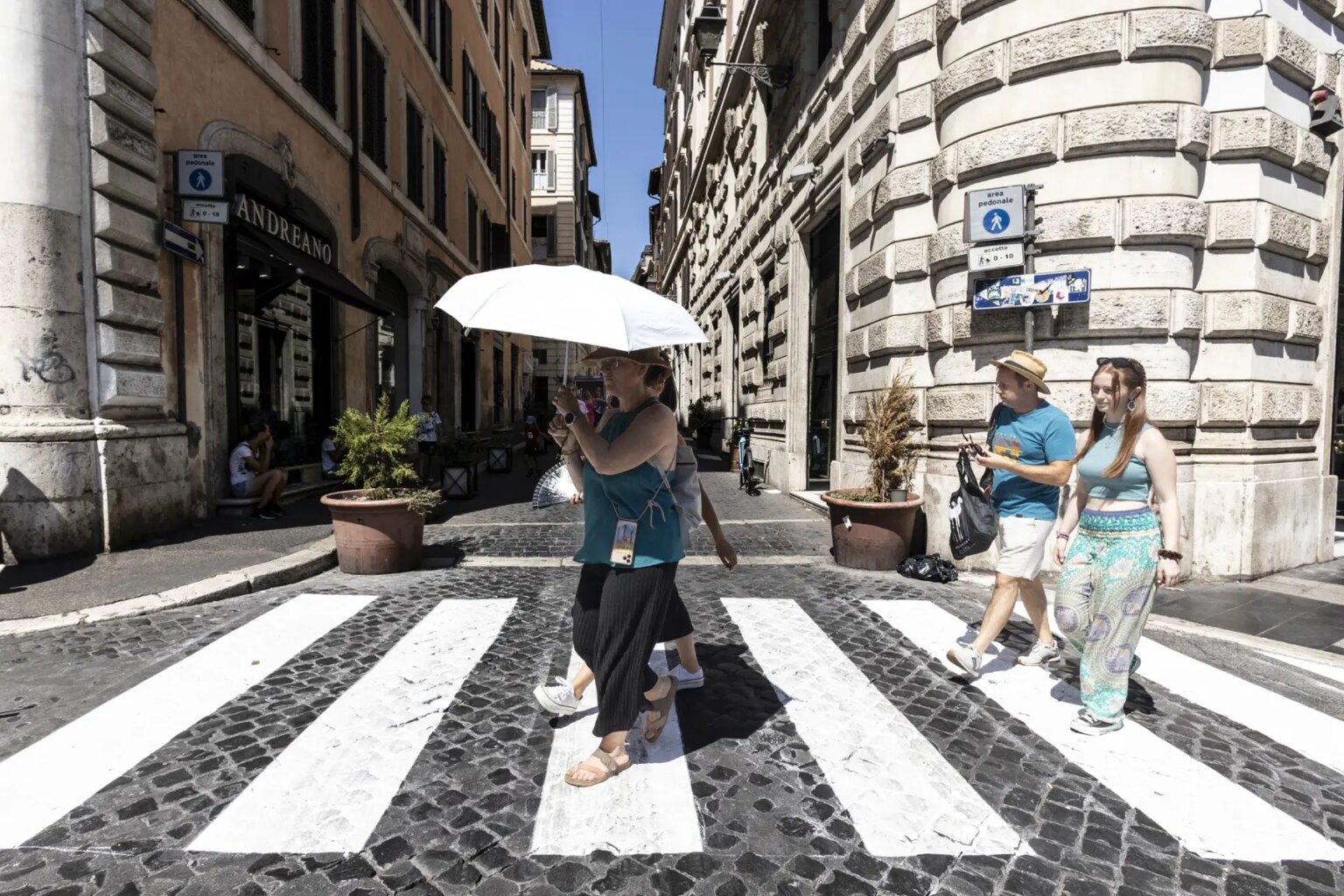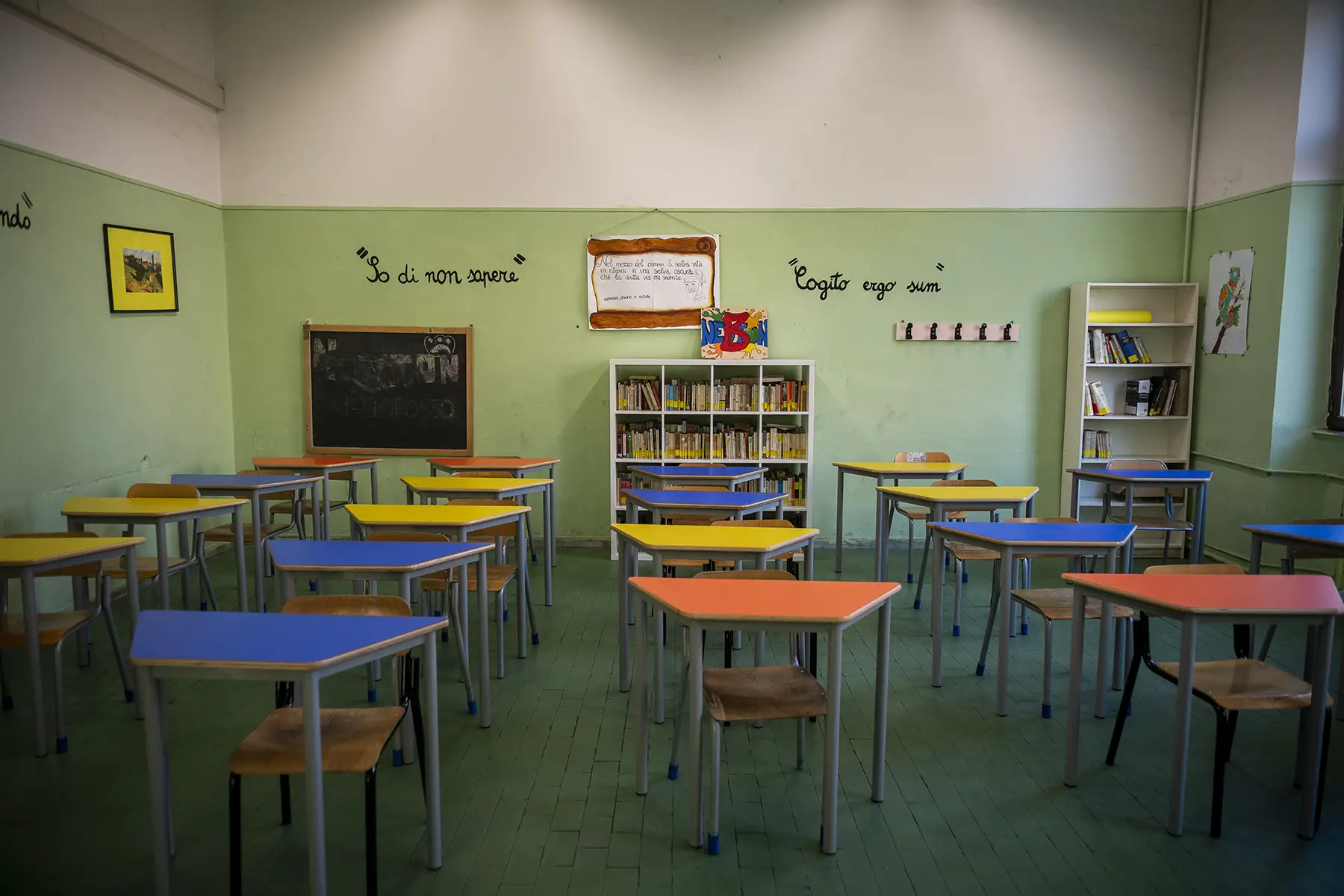Bordered by the sea and mountain ranges, Italy’s weather varies from region to region. Southern cities like Naples (Napoli) tend to have hot summers, while Trentino in the North is renowned for its snowy winters. Whether you’ve just moved to Italy or are planning a short holiday, this will help you prepare for the climate and seasons in Italy.
To avoid getting caught in the rain, read on for the following topics:
Airbnb
Looking for a home away from home in Italy? Airbnb is a global online community offering accommodation and experiences. They have a selection of over 6 million unique properties available through their secure booking service. So, whether you're going to Milan or Modena, Airbnb has the right short-term let for you.
Climate in Italy
The Mediterranean seas surround a big part of Italy. The proximity to the water influences the country’s weather as a source of heat and humidity. As such, southern areas like Tuscany (Toscana) feature mostly a Mediterranean climate, with slight variations when you reach high altitudes. Meanwhile, the northern mountains of the Alps and the Apennines provide a cold barrier. Indeed, the main climate differences in Italy are between the south and the north.

Temperatures can change dramatically between these regions, especially in the winter season. In most of the country, summers are hot and humid. Winters, on the other hand, can range from mild and sunny in the south to cold and snowy in the north.
Regional climates in Italy
Northern Italy
If you’re planning to move to northern Italy, you should pack some warm sweaters. Winters tend to be quite cold here, with a high chance of snow, especially in mountainous areas such as Emilia-Romagna and Piedmont (Piemonte). Meanwhile, lower regions like Liguria are mostly rainy, with October and November being the wettest months.
Summers are usually milder than in other areas of the country. However, in the last couple of years, extreme heat waves have affected cities like Venice (Venezia) and Milan (Milano), where temperatures have reached 40ºC.
The Italian Alps
Still in the north, you’ll find the Italian section of the Alps. The area stretches from Valle d’Aosta in the west to Veneto in the east. It’s pretty common to snow here in winter.

Indeed, most people head to the Alps, where skiing and snowboarding are popular sports. Summer temperatures are also cooler here than in the rest of the country.
Central Italy
The central region of Italy is home to the capital Rome (Roma) and other noteworthy cities like Florence (Firenze). Summers around this part tend to be relatively dry and hot. Temperatures usually stay around 30ºC but can sometimes reach up to 40ºC.
Meanwhile, winter tends to be mild, with temperatures rarely dropping below 0ºC. You can expect rain or even snowfall in mountainous areas like Le Marche and Abruzzo (also called Abruzzi).
Southern Italy
Southern Italy is renowned for its sunny climate. It includes the regions of:
- Calabria
- Puglia
- Campania
- Molise
- Basilicata
- The islands of Sicily (Sicilia) and Sardinia (Sardegna)
Come summer, locals hit the beach to cool off, as the days can be scorching. However, temperatures slightly drop in the evenings.
Winters by the coast are often windy and rainy. Still, it’s even colder inland, with snowfall often reaching Mount Etna (Monte Etna) in Sicily.
Italy climate averages
Italy experiences a mix of sun, rain, and snow. Below is an estimate of the local climate averages.
Average temperatures
While Italy’s climate is highly diverse, summers tend to be relatively similar across the country. Both Bolzano (a northern city in the Alps) and Bari (a coastal city on the Adriatic) see temperatures rise to about 29ºC in July despite the more than 900 kilometers between them.

July and August are the hottest months, with temperatures often reaching above 40ºC. January is considered the coldest month. However, the weather wildly changes from region to region.
The lowest recorded temperature in Italy was -49.6ºC in Busa Fradusta (10 February 2014), part of the Pale di San Martino plateau. On the other extreme is Sicily, which reached 48.8ºC in 2021, making it one of the highest temperatures recorded in Europe.
Average rainfall
While summers in Italy tend to be quite dry, especially in the south, there is the occasional pour. The north, on the other hand, has rain throughout most of the year. The highest precipitation usually occurs between September and November.
During this period, northwest areas, such as Lake Como, see a yearly average of 1,300mm. Meanwhile, southern parts of the country, like Sicily, only receive around 368mm. Thunderstorms are quite common, especially in the north.
Average sunshine
The all-year-round sunshine is one of the reasons why many move to Italy, but it’s in the coastal areas that you’ll experience it the most. Places like Tuscany and Apulia can have up to 2,000 hours of sunshine a year.
The islands of Sicily and Sardinia are also quite sunny, meaning you’ll have plenty of time to enjoy its beaches. Meanwhile, northern cities like Milan and Bologna tend to have cloudier days.
Average snowfall
You can catch snow in Italy between November and January, especially if you head up to northern regions like Piedmont or the Italian Alps. Although less common, you can also experience occasional snowfall in Milan, Rome, and Florence around winter.
The amount of snow will vary depending on the temperatures and the elevation but often ranges from 3 to 10 meters. On the highest mountain peaks, snow may even fall during summer.
Seasons in Italy
Summer
In Italy, the summer (estate) season usually runs from June to August. The weather during these months is quite hot and humid. Indeed, you’ll only catch a few showers of rain. Average temperatures can range between 18ºC and 38ºC, with the southern areas experiencing the warmest climate in Italy.

Plan to bring lightweight clothes, including some long sleeves to cover up when visiting local churches. If you’re heading anywhere near the center or north of Italy, pack a jacket for the evenings. A hat, sunscreen, and swimsuit are a must if you’re planning to hit the coast, while hiking shoes and a raincoat are essential in the mountains.
Summer is synonymous with beach season. Children enjoy long school holidays, so families often travel to the coast for a swim. It’s also an ideal time for hiking the Italian mountains, as the snow gives way to lush trails.
On 2 June, the country celebrates Festa della Repubblica Italiana (Republic Day). It’s a public holiday, with plenty of parades and fireworks, especially around Rome. Another big event is the Ferragosto on 15 August, with people taking over the country’s beaches. Note that many places will close during these days.
Winter
The weather starts getting cooler from December to February, with many places experiencing sub-zero temperatures. The average around this time is between -5ºC and 15ºC. Depending on the region, you can expect rain or snow. Southern areas, however, have more sunshine.
Ideally, you should bring warm clothes, including sweaters, gloves, and a scarf. A raincoat may also come in handy. If you’re planning to explore the Alps, you’ll need warmer layers and weatherproof boots.

The winter (inverno) season is especially popular for winter sports such as skiing. Sought-after ski resorts include Valle d’Aosta and Trentino Alto Adige.
Around Christmas, there are markets and festive masses across the country. Meanwhile, February also draws crowds to Venice for the city’s annual carnival (Carnevale di Venezia).
Spring
The first signs of spring (primavera) come in March, with the flowers blooming. You can still expect cooler temperatures and rain, which becomes less toward summer. However, snowfall can still occur in Northern Italy. The season comes to a close in May with sunnier and warmer days.
Over this period, temperatures usually vary between 5ºC and 25ºC. The mild temperatures make it an ideal time for hiking and general sightseeing. If you’re lucky, you may squeeze in a few beach days at the end of spring. It’s worth bringing a mix of light and warmer clothing, so you can layer them if needed.
Easter is one of the biggest spring holidays in Italy. There are several festivities during Holy Week, including processions and outdoor concerts.
Autumn
Autumn (autunno) in Italy can be a bit unpredictable, with temperatures ranging from 8 to 28ºC. While the sun still shines in September, the evenings tend to be cooler. Autumn is also the rainiest season in Italy, with November being the wettest month overall.
It’s worth packing t-shirts for warmer days and sweaters and long pants for the cold. Water-resistant shoes and a jacket are also essential. For northern regions, you may need more layers.
Autumn is the ideal season to sample Italian delicacies, such as truffles (tartufi) and mushrooms (funghi). Indeed, many restaurants will change their menus to incorporate these ingredients, and there are several culinary festivals. Movie lovers will enjoy visiting in September to catch the International Venice Film Festival (Biennale Cinema).
Holiday seasons in Italy
Summer is the peak holiday season in Italy. Many take time off to relax by the coast or hit the mountains to escape the heat. The school holidays coincide with this period, starting in June and ending around September. Regions like the Amalfi Coast and Cinque Terre are bustling in the summer.
Spring also offers a break from school, with a week to celebrate Easter around April. Some of the biggest celebrations occur around Rome, Florence, and Vatican City.
Other important holidays include Christmas, which covers the Epiphany on 6 January. Most Italians head north in the winter for the snowy slopes and cozy cabins.
How climate change is affecting Italy
Italy is already feeling the effects of climate change.
In recent years there has been an increase in extreme weather events like heatwaves, droughts, and floods. Venice, for example, has suffered tremendously from flooding resulting from rising sea levels. Indeed, experts say that the city is at risk of disappearing. A project for flood barriers began in 1984. However, it took nearly four decades to activate this structure known as the MOSE (Modulo Sperimentale Elettromeccanico), or Experimental Electromechanical Model.
Temperatures are rising across Italy, leading to prolonged summers and warmer winters. The annual average temperatures have increased from 12.86ºC in 1982 to 13.5ºC in 2021. Precipitation is also decreasing with more extended periods of drought affecting food production and water supplies. Meanwhile, a decrease in snowfall is starting to affect ski resorts in the Alps.

To help mitigate these effects, the Italian government has implemented a series of measures. In 2020, Italy became the first country to introduce climate change education in schools. It also recently changed the constitution to prioritize protecting the environment.
The 2022 Environmental Performance Index ranks Italy in 23rd place. The country’s progressive environmental policy positively affected business and society’s behavior around recycling, sustainable living, and a circular economy. However, more work needs to be done in the context of the global climate crisis.
In practical terms, Italy is trying to use more renewable energies and reduce carbon emissions as it still relies heavily on fossil fuels, including petroleum, natural gas, and coal. As part of the Paris Agreement, Italy has vouched to lower its emissions by 33% by 2030 and become carbon-neutral by 2050.
Useful resources
- Servizio Meteorologico dell’Aeronautica Militare – the Italian Meteorological Service provides weather forecasts for the country
- Climate Adapt – information about adaptation plans for climate change in Italy
- Sito Ufficiale del Turismo – Italy’s official tourism office recommends activities for each season






